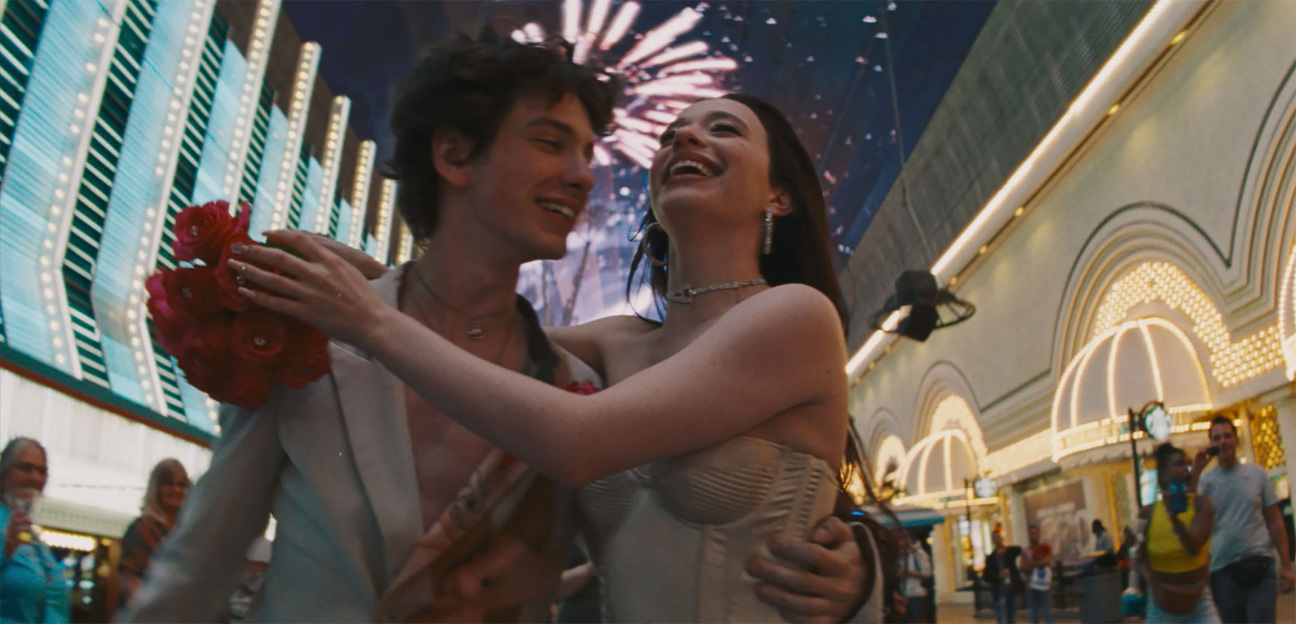
In this year’s Cannes Palme d’Or winner, a 20-something stripper in New York’s Brighton Beach, played by Mikey Madison, finds herself in a whirlwind romance with the son of a Russian oligarch, played by Mark Eidelshtein. The fast-paced misadventure—the latest from director Sean Baker, of Tangerine and The Florida Project acclaim—is styled with riveting precision by Jocelyn Pierce, who was fresh off The Sweet East and Hit Man when she got the call.
Ahead of the film's U.S. release Oct. 18, Pierce hopped on a call with CULTURED from a sweltering set trailer in Romania, where she was already at work on a new project, for her first interview about Anora. Below, she takes a look back at the unconventional costumes and the local dancers and designers alike who inspired them.
CULTURED: First off, what were the initial conversations with Sean Baker like? Did he have a strong idea of how he wanted the characters to look?
Jocelyn Pierce: I was shocked when he called because I was like, “Sean Baker? He's the indie filmmaker of our generation.” When we spoke the first time—I didn't get a script but I got a treatment—we just realized we were on the same page. From there, the process became pulling images, really glossy magazine kind of images, because we wanted to focus on the aspirational vibes that a lot of the characters have in the film. Even for the dancers at the lap-dancing club, we wanted that to be really glossy, fashion-forward, and shiny.
Sean is, at his core, just relentlessly authentic. So we started from these glossy magazine pages and then we quite literally hit the streets. We were super immersed in Brighton Beach, which is where we filmed a lot of the movie. Crew directors and actors were all living out there, our office was out there, and we were filming out there. We spent so much time with the people of Brighton Beach that we started mixing the magazine version with the authentic versions of these people. We spent a lot of time at a lap-dancing club called Headquarters, which we used as a location. A lot of the dancers in that club also are in the film.
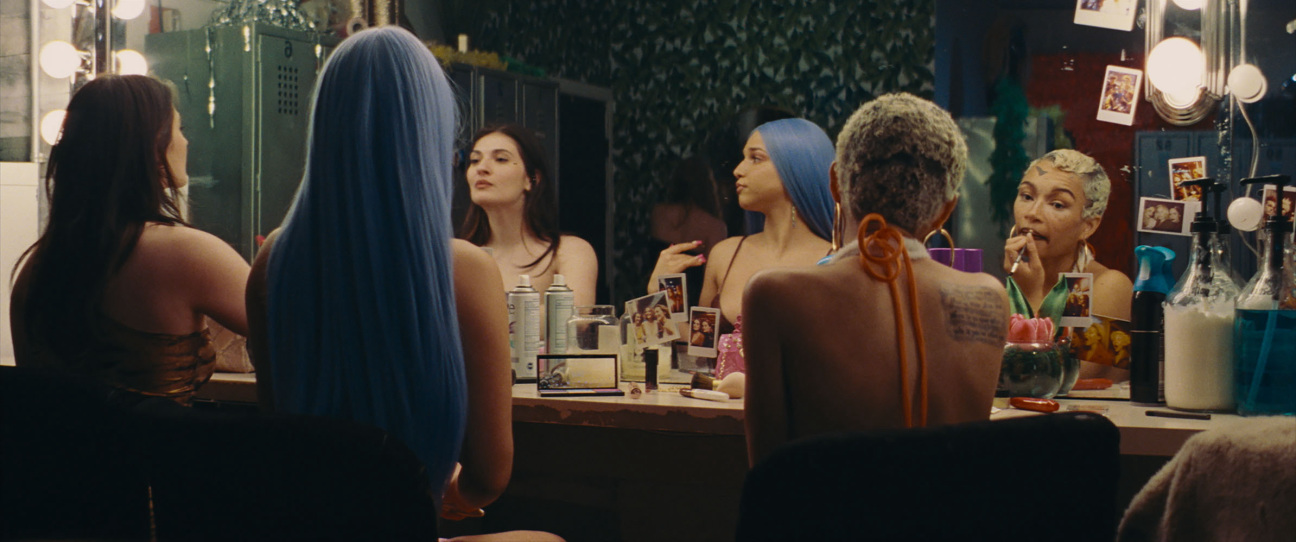
CULTURED: Were the dancers pulling from what they had in their locker, or did you guys give them all new outfits?
Pierce: It was a mix. If there was a moment that had a color, a sort of vision to it, then we would dress them. But we got an education in what they'd wear and the practicality of it too. As an example, a lot of the girls talked about how they would dress leaving the club, wearing Uggs and oversized clothes. They’d almost disguise themselves and hide as they left because they didn't want to be followed or recognized. The costume might disappear in the scene, but it's rooted in stories we've heard and the cultural anthropology of it all.
CULTURED: Ivan is the son of a Russian oligarch and these Russian immigrant communities are also insular. Did you do any research into what a Russian oligarch's son might wear?
Pierce: We didn't get to talk to any Russian oligarchs or their sons, but we did a lot of research. [We learned] that clothing brands equal status. That's true for a lot of different groups of people. But Ivan was interesting because my initial boards for him were all Gucci, Balenciaga, and Louis Vuitton—your usual suspects when it comes to luxury clothing. But he's so nuanced and such a kid in a lot of ways, so we mixed a lot of that luxury with streetwear.
Mark, who plays Ivan, is absolutely brilliant. He brought a lot of his sense of style to it. He introduced us to a lot of Russian designers that I wasn't aware of before, and we were lucky enough to get some pieces from them. We also got to use a lot of New York designers, small independent labels, for him that were very niche. We didn't want him to look like anybody else—he's too special.
CULTURED: I wanted to ask about the wedding looks and wedding ring and how you put that together. As you were saying, there is a little bit of tension in all the looks between the fact that they are kids and really look like kids, but are aspiring to adulthood.
Pierce: That's sort of universal for young people. I know it's true for when I was a younger gal: You're 21 and you think you're a full adult, but there are clear signs to the rest of the world that you're still very young. For Ivan, in the wedding, we chose to use that blazer and paired it with basketball shorts. We were like, “Is this a crazy combination?” but it really looked right on him. It was intentional too, to ground the looks in his youth, [while] also keeping it something that wasn't totally out of pocket. It would still be something a guy like him would wear.
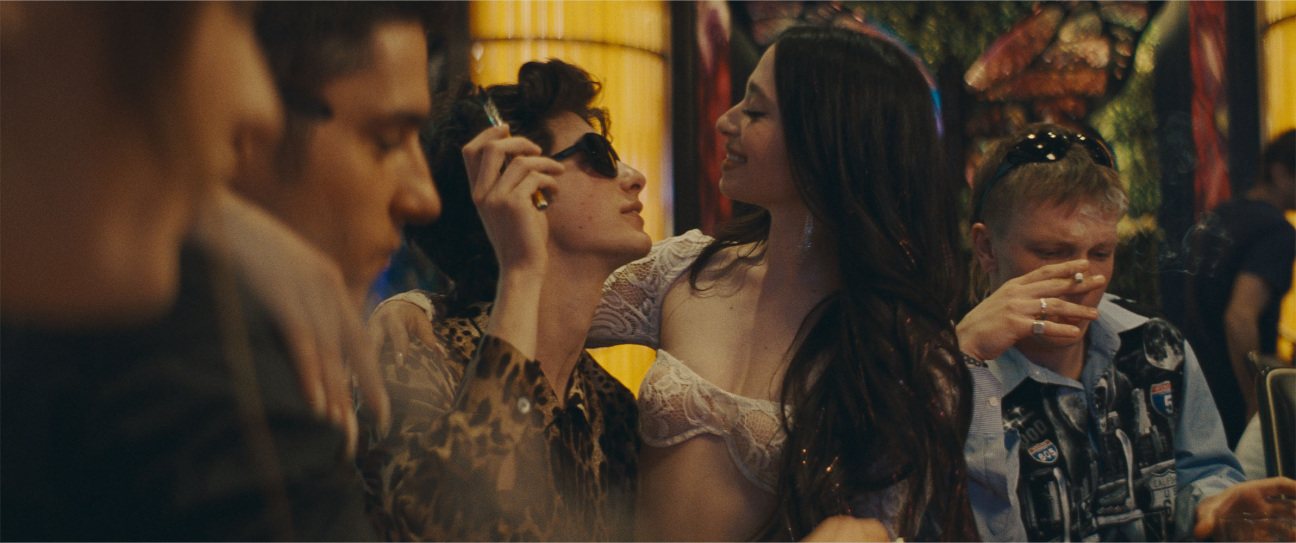
CULTURED: You spoke a little about working with Mark on Russian designers, but I read that Mikey was also pretty involved in her costuming and bought her own shoes. What was that process like, working with her?
Pierce: Ultimately, good actors know what's best for their characters. There were certain scenes, [like when] she’s doing a dance for Ivan and she’s in a schoolgirl skirt—that was something she brought to us along with the shoes. She had done so much rehearsal, learning to pole dance and lap dance, and those were the costumes that she had been rehearsing in. She lived in them as Anora for so long, in rehearsal, that that became really right. Her dance moves were just—this has nothing to do with costumes or anything—but she was insane. She's an athlete. [When we saw] the movie, we were all just jaws on the floor.
CULTURED: It certainly feels like her breakout role, even though she's been working for a while. How does the film fit into the work that you've done?
Pierce: I've been working in costumes for about 15 years and … over the past couple of years, the films that I was working on were getting more mainstream. I'm such an indie girlie, through and through, and I've made films for no money and just truly committed myself to it. I identify with how Sean works, because even though this is a huge movie, we were a small crew and we were an indie film.
I guess I've had a few movies in a row that are starting to have a more cult following. I worked on a film called The Sweet East that came out last year with Jacob Elordi, Talia Ryder, and Ayo Edebiri, and that was another one of these kinds of culty street cred movies where we made it for such a low budget. You do it for the love of the movie. This is the first time I'm like, “Wow, this is now on the world stage,” and it came from this really small, creative, close-knit crew.
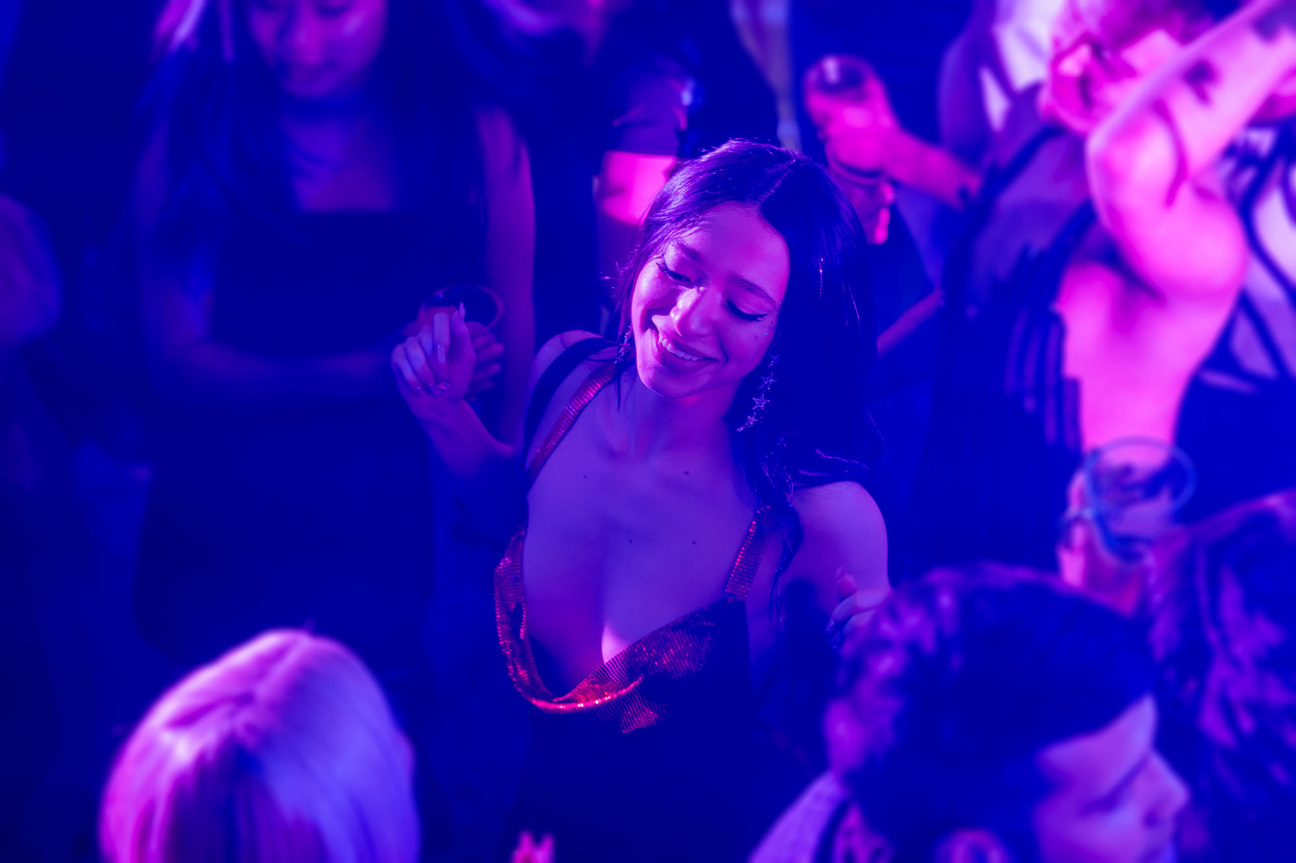
CULTURED: What would you say attracts you to the indie film versus mainstream Blockbusters? I think you were on Hit Man as a supervisor? It is also a huge movie this year, but a totally different universe.
Pierce: I was actually on the set of Hit Man the day I interviewed with Sean. I'm from New York, I started working in costumes and theater, and I think there is something about those really small creative families that speaks to me—it's where I've been my whole life. Sometimes the bigger the film is, the more executives you have involved and it can get watered down. Whereas when you're a small team, not only is it just a more intimate collaboration, but you're also forced to be more creative because money is not gonna solve everything. It gets real.
CULTURED: Was this your first time down in Brighton Beach?
Pierce: No, growing up one of my best friends' grandmother lived in Brighton Beach, and we would go visit her. And just being from New York, I've been to the beaches over there a lot growing up. I love any place that's still such a neighborhood. Brighton Beach really does feel like being in another country a lot of times, just in the way that any restaurant menu or sign will be in Russian and in English. It's beautiful how the community has stayed so close there.
Sometimes I miss the restaurants I used to frequent during production. And then of course we had a week and a half in Vegas as well and that was like another planet. It was fun because the crew really loved each other too. When we went to Cannes, there were like 31 crew members. I remember talking to people from other films, and they were like, “Wow, the Anora crew runs so deep.” It's such a surreal experience to be making a film with a tiny group of people and have it win the Palme d'Or.


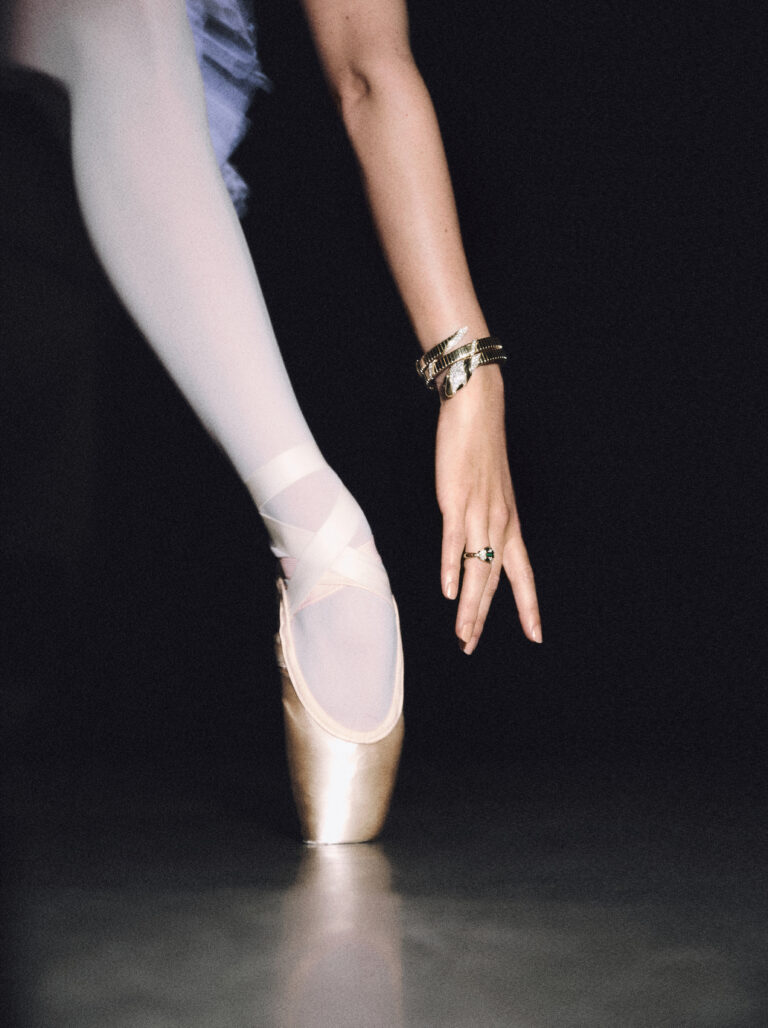
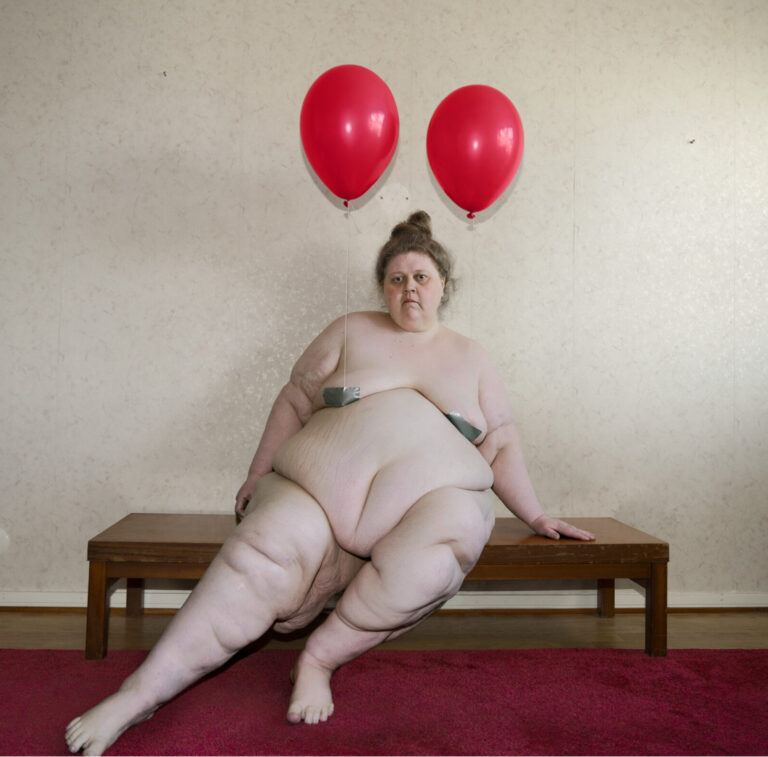






 in your life?
in your life?

